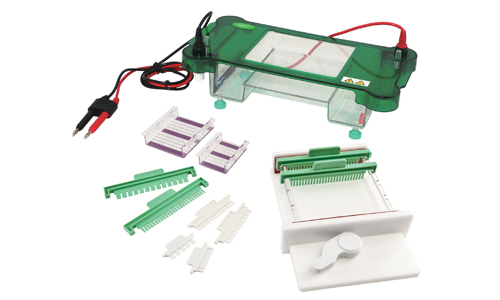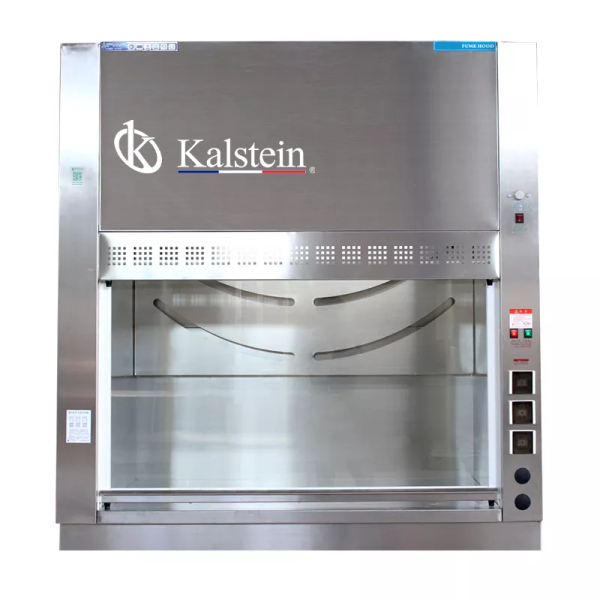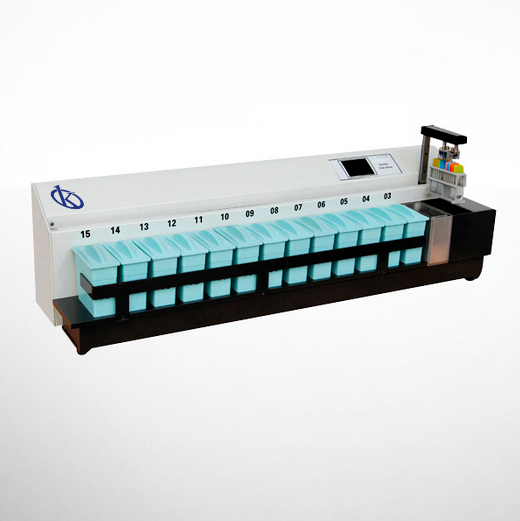Fluorometry is an optical analysis technique with a wide variety of applications, it does not require more experience to put it into use, and there are commercial equipment that offer potential advantages for various studies. Such is the case of the fluorometer, an integrated modular device that allows measuring fluorescence parameters (intensity, wavelength and emission spectrum), and is a useful tool to monitor changes at the molecular level of fluorescent systems, species and amount of molecules in a medium. It is a sensitive, versatile, economical and easy to use instrument, can be used both in the laboratory and a field measuring instrument.
There are basically two types of fluorometers, the fluorometer and the spectrofluorometer. Fluorometers have an excitation source, filters, sample cells, and fluorescence detectors. Filters allow a single beam configuration to control intensity, limit incident and emission wavelengths, and reduce the effects of fluctuations in response. These devices can be adjusted to suit a wide range of concentrations while maintaining high accuracy. Unlike this, the spectrofluorometer uses a grid monochromator. Understanding the phenomenon involved in the analytical technique is fundamental when choosing technological design.
Origin of Fluorescence and Fundamentals
The physical interpretation of fluorescence was introduced by George G. Stokes in 1852, after studying blue luminescence in a fluorite mineral. Stokes observed that the wavelength emitted by fluorescence was greater than the length emitted by the incident light. A substance is said to possess fluorescence when the difference between the energy absorbed from the ultraviolet photon and that emitted by the visible photon is immediately dissipated. The latter happens because when the molecule is incised by light, it absorbs photons, which increases the band of energy of the electrons to an excited state, when they relax to their zero state, they lose vibrational energy and the emission spectrum moves at longer wavelengths.
Some helpful tips
Fluorescence measurements are performed with respect to some standard substance. This is done by dividing the source beam into a reference and a sample beam.
- Fluorescence intensity is inversely proportional to temperature, so it is important to be careful when comparing samples measured at different ambient temperatures.
- By using spectrally selective filters or monochromators in the fluorescence detector, it is possible to avoid interference caused by dispersion from other substances or by excitatory direct radiation.
- To maintain the linearity of the concentrations it is necessary to prepare the fluorescence versus concentration calibration curve.
- During sample preparation and measurement process should avoid sudden changes in temperature, this can cause sample degradation or decrease fluorescence.
Fluorometer Applications
Thanks to its versatility and simplicity, fluorometry is a technique with a wide range of applications. Of which, the qualitative and structural analysis for the identification of substances (heterocyclic compounds and aromatic hydrocarbons), the identification of inorganic ion concentration, organic compounds and biological with detection limit of up to 1 ppt stand out.
Recent advances have allowed the fluorometer to be used as a field instrument for in-situ measurement in a simple and inexpensive way. The fluorometer is a useful device in a variety of sciences, ranging from biological (identification of concentrations of DNA, RNA, PCR, enzymes and proteins), chemical (rate and reaction mechanisms, characterization of polymeric materials and nanomaterials), environmental (determination of heavy metals, tracing of biological markings), among others.
At Kalstein we are MANUFACTURERS, we offer you quality equipment, we have a technology fluorometer, controlled by microprocessors that use digital signal processing techniques of integrated circuits, able to measure the absorbance of the sample up to 260 nm, the reading is lower than the products of the Nano series, but it is much more accurate. Our equipment offers advantages such as easy-to-use 4.3 inch touch screen, fast response with high sensitivity, 1000 data storage capacity with USB port output, special optical fluorescence channels for nucleic acid, 0.5 ml and 0.2 ml PCR tube adapters. For more information, PURCHASE or SALE, visit our website: HERE




